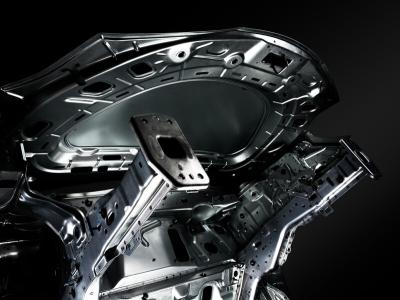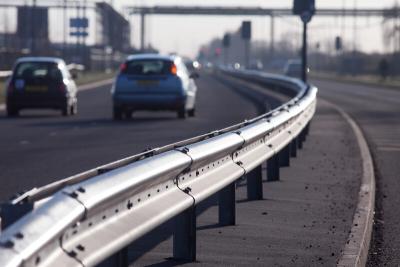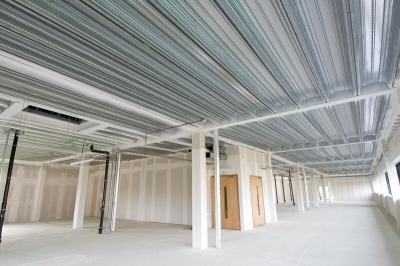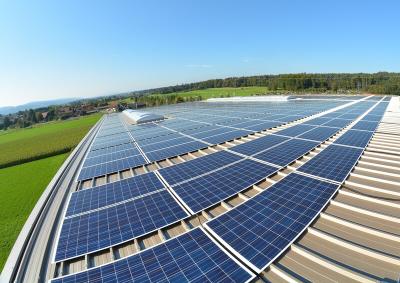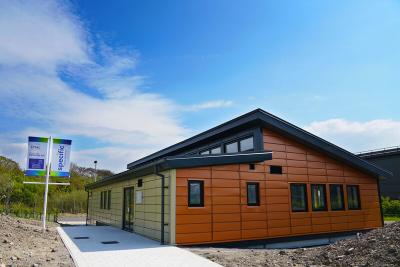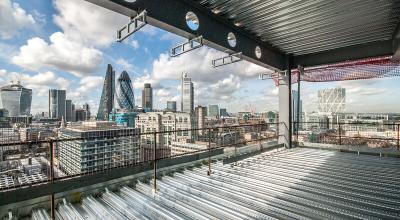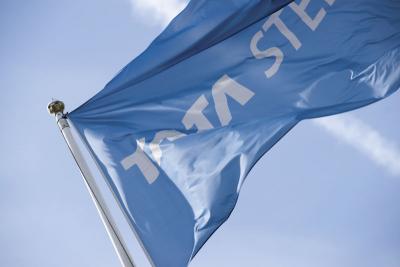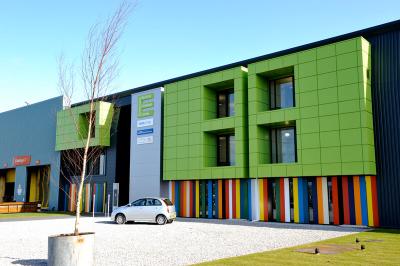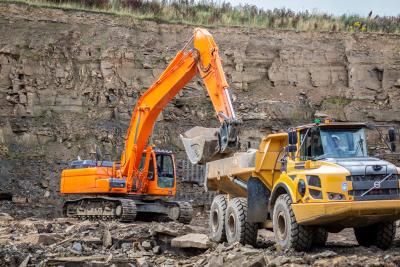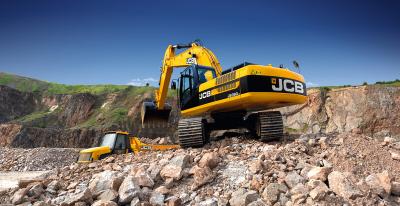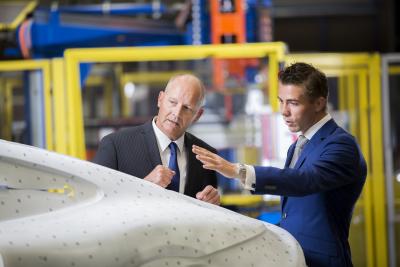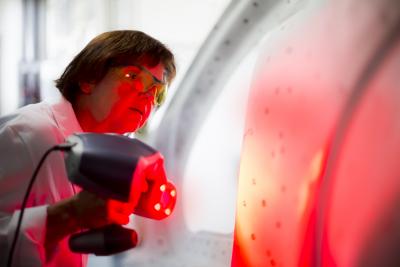Composite floor decks, based on steel profiles with poured concrete cover, offer benefits across a building’s life cycle, from production and transportation to operations on site. They have a positive impact on the building design as a whole, in terms of using fewer materials, as well as helping to make sure that buildings meet operational performance.

How are steel profiles optimised for reduced impact over whole life?
The key to steel profiles and composite floor decks having a lower environmental impact is optimisation. The built environment has a high demand for finite resources, and a big part of how the construction industry can help to tackle climate change and biodiversity loss is to use materials more efficiently and reduce the extraction and use of raw materials.
The depth of a steel profile dictates its strength and the distance it can span between columns, as well as the method of fixing to supporting beams. By achieving the right balance of profile depth, fixing and structural performance, it’s possible to keep the number of supporting columns – each of which needs its own foundation – to a minimum.
Not only that, but the depth of concrete cover is also kept to a minimum, while still ensuring that the floor achieves the required fire, acoustic and thermal mass performance once the building is in use.
Steel profile composite floors are lighter than alternatives, such as precast concrete floor decks, which in itself promotes overall material savings. A lighter floor imposes less load overall, meaning a lighter building structure and lighter foundations can be designed.
Using steel profile floor decks to reduce transport and site handling impacts
Lighter structures are also, generally speaking, easier to handle and faster to install on site, saving time and reducing the need for heavy plant, such as cranes. If a column position must change for any reason, a steel profile is easily adapted and can be altered to suit, rather than having to take away a floor deck section and replace it with one that will fit.
Steel profiles can therefore reduce energy use and carbon emissions throughout the construction phase of a project. And even before they arrive on site, they can help to reduce the number of road miles associated with transporting products.
The trapezoidal profile of many steel decks allows them to stack within each other, allowing more floor sections to be transported on a single lorry. There’s a further positive impact in terms of fewer vehicles accessing the site thanks to fewer deliveries.
The concrete cover that provides the finished surface is already relatively thin, but a further benefit of a composite floor build-up is that the concrete can be sourced locally – saving on the weight of material that has to be transported and minimising the total road miles.
Building Systems UK – a Tata Steel enterprise, is the leading provider of composite floor decks in the UK. The ComFlor® brand from Building Systems UK has long been the by word for quality, efficiency and cost effectiveness in composite floor deck profiles. Read more about the range of seven unique ComFlor® profiles, including low profile and deep deck options designed to provide optimum performance for specific applications.
The ComFlor® range is the only metal flooring to use steel produced entirely in the UK. Steel coil produced at Port Talbot in South Wales is transported by rail to the Building Systems UK Shotton plant in North Wales, for manufacture into decking profiles, meaning there are no associated road miles up to final delivery. And as part of Building Systems UK’s commitment to transparent reporting, the complete range of ComFlor® profiles are certified as responsibly sourced in accordance with BES 6001 Responsible Sourcing traceability certification since 2014.









